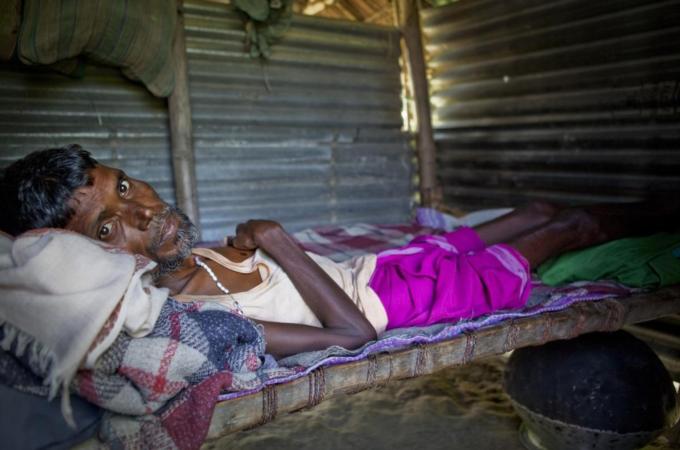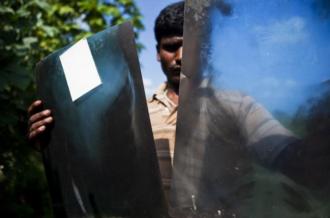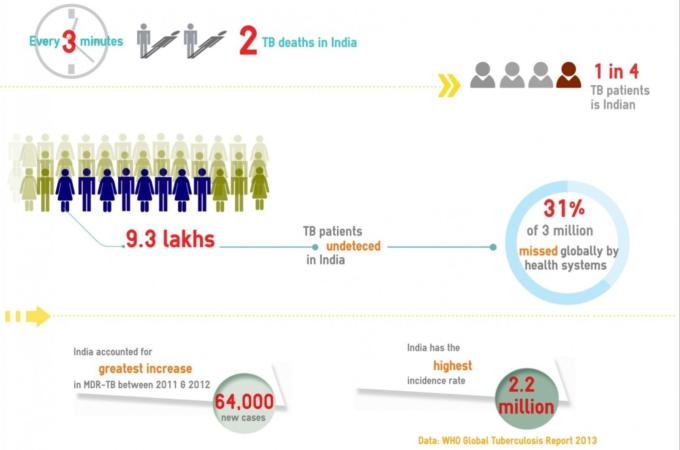By Adam Halliday

Former CM Zoramthanga (in cap) in Khuangthing village.
Khawbung, Nov 21 : Wearing a white baseball cap and walking on Khuangthing village's deserted main street with two aides, Zoramthanga is candid about his chances. "I am taking a risk," says the former Mizoram chief minister. "We now only have one-third of the strength we had in this seat," he adds. "But I was born and grew up in Samthang village nearby, so I chose this seat to contest from."
From being a chief minister for two terms, Zoramthanga has gone on to become a candidate with simultaneous losses in two contiguous seats of Champhai town. He has now returned to East Tuipui, a constituency earlier known as Khawbung. It is a seat he had won in 1998, one of two victories, but he had given it up to represent the other seat, Champhai, a more urban one. In 2003, he contested and won two urban seats in Champhai, before the double blow came in 2008. It was allegations of corruption that sealed his government's fate; Zoramthanga is today one of only three candidates statewide facing a criminal case.
President of the Mizo National Front, he has sought a resurgence by teaming up with two other parties under the banner Mizoram Democratic Alliance. Kicking off a joint campaign in Aizawl on November 1, Zoramthanga predicted a repeat of the landslide victory of 1998, when his MNF had been in alliance with the Mizoram People's Conference, now an MDA constituent.
Zoramthanga says he has been forced to contest just one seat this time, unlike the other two potential chief ministers, incumbent Lal Thanhawla (Congress) and Lalduhoma (Zoram Nationalist Party). Having had to choose one over the other in the past, he admits contesting two might have complicated his chances.
The fact that he once surrendered this seat still rings in the region. One of his competitors, W Chhuanawma of the ZNP, uses it as an handle to beat his heavyweight opponent with.
"Does anyone continue to love a wife he has divorced?" Chhuanawma thundered to loud applause at a joint platform organised at Khawbung this week by Mizoram People's Forum, a powerful election watchdog.
Zoramthanga, seated with Congress candidate T Sangkunga, showed no emotion. His speech half-an-hour later, however, appeared apologetic. He admitted that he had left the seat because of political exigencies, described how party leaders often contest from two seats, and said he is now placing his fate and faith in the people of East Tuipui.
He used to be known as an orator who never read from a prepared script, a leader whose way with words made him the MNF's diplomatic face during the years when the party was a separatist outfit fighting a guerrilla war with Indian armed forces. Now, more than his speech, it was a scuffle in one corner that held the attention of a large chunk of the audience.
Sangkunga of the Congress once led Mizoram's most powerful mass-based voluntary organisation, Young Mizo Association, and has a reputation as a shrewd tactician who rose from clerk to secretary of government departments before he retired. He, too, attacked Zoramthanga, sealing his speech with:
"It will be painful for me to see this constituency represented by an opposition MLA again."
If little else, electoral history is on Zoramthanga's side. The party, or its leaders who contested as independents, have won here five of six times, and the seat was most recently held by the MNF's B Lalthlengliana from 2008 until his death this year.
Even veterans of other parties are wary about writing Zoramthanga off. "The MNF doesn't lose this seat easily," says a veteran who himself has contested from here. "Five out of six is a good number. And neither the ZNP nor the Congress have ever won it. History matters."

Former CM Zoramthanga (in cap) in Khuangthing village.
Khawbung, Nov 21 : Wearing a white baseball cap and walking on Khuangthing village's deserted main street with two aides, Zoramthanga is candid about his chances. "I am taking a risk," says the former Mizoram chief minister. "We now only have one-third of the strength we had in this seat," he adds. "But I was born and grew up in Samthang village nearby, so I chose this seat to contest from."
From being a chief minister for two terms, Zoramthanga has gone on to become a candidate with simultaneous losses in two contiguous seats of Champhai town. He has now returned to East Tuipui, a constituency earlier known as Khawbung. It is a seat he had won in 1998, one of two victories, but he had given it up to represent the other seat, Champhai, a more urban one. In 2003, he contested and won two urban seats in Champhai, before the double blow came in 2008. It was allegations of corruption that sealed his government's fate; Zoramthanga is today one of only three candidates statewide facing a criminal case.
President of the Mizo National Front, he has sought a resurgence by teaming up with two other parties under the banner Mizoram Democratic Alliance. Kicking off a joint campaign in Aizawl on November 1, Zoramthanga predicted a repeat of the landslide victory of 1998, when his MNF had been in alliance with the Mizoram People's Conference, now an MDA constituent.
Zoramthanga says he has been forced to contest just one seat this time, unlike the other two potential chief ministers, incumbent Lal Thanhawla (Congress) and Lalduhoma (Zoram Nationalist Party). Having had to choose one over the other in the past, he admits contesting two might have complicated his chances.
The fact that he once surrendered this seat still rings in the region. One of his competitors, W Chhuanawma of the ZNP, uses it as an handle to beat his heavyweight opponent with.
"Does anyone continue to love a wife he has divorced?" Chhuanawma thundered to loud applause at a joint platform organised at Khawbung this week by Mizoram People's Forum, a powerful election watchdog.
Zoramthanga, seated with Congress candidate T Sangkunga, showed no emotion. His speech half-an-hour later, however, appeared apologetic. He admitted that he had left the seat because of political exigencies, described how party leaders often contest from two seats, and said he is now placing his fate and faith in the people of East Tuipui.
He used to be known as an orator who never read from a prepared script, a leader whose way with words made him the MNF's diplomatic face during the years when the party was a separatist outfit fighting a guerrilla war with Indian armed forces. Now, more than his speech, it was a scuffle in one corner that held the attention of a large chunk of the audience.
Sangkunga of the Congress once led Mizoram's most powerful mass-based voluntary organisation, Young Mizo Association, and has a reputation as a shrewd tactician who rose from clerk to secretary of government departments before he retired. He, too, attacked Zoramthanga, sealing his speech with:
"It will be painful for me to see this constituency represented by an opposition MLA again."
If little else, electoral history is on Zoramthanga's side. The party, or its leaders who contested as independents, have won here five of six times, and the seat was most recently held by the MNF's B Lalthlengliana from 2008 until his death this year.
Even veterans of other parties are wary about writing Zoramthanga off. "The MNF doesn't lose this seat easily," says a veteran who himself has contested from here. "Five out of six is a good number. And neither the ZNP nor the Congress have ever won it. History matters."











 The CM with a tilak on his forehead
The CM with a tilak on his forehead


